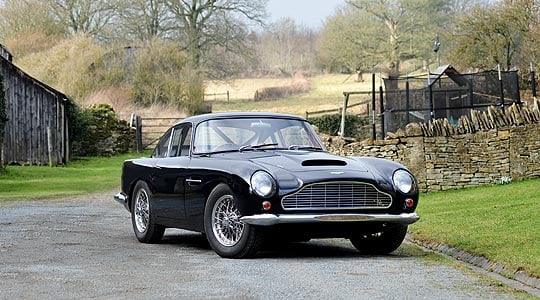
“It looks the thoroughbred that it is, and must be placed high on the list of the world’s most desirable grand touring cars.” So said John Bolster in a contemporary road test and, 50 years on, the sublime DB4 GT is as impressive as ever. A short drive in a car recently brought to the market proved that Aston’s evergreen two-seater GT still cuts the mustard.
I can hear the characteristic Aston straight-six woofling as Martin (Chisholm, he of the eponymous classic car specialist) brings the dark blue car round to the front of his Cotswold stone offices. Time is tight, as a client is due for collection from the station and rain clouds loom. It’s been said many times before, but the phrase ‘well-worn brogues’ comes to mind as I slip into the red leather driver’s seat.
The car is clearly in very fine condition but not concours. And all the better for that; certainly as far as the aged original leather (which, I must apologise to the restorers out there, is impossible to replicate nowadays) is concerned. The American-spec lap-belts clipped tight, we set off for a 20-mile drive to nearby Northleach and back.
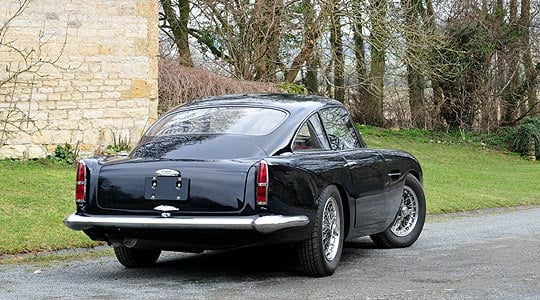
It doesn’t matter whether it’s a DB4, 5 or 6 – the seating position and cockpit layout of a ‘DB’ Aston takes some beating. Good visibility; an upright wheel; easy, slightly bent-knee, well-spaced pedal layout; conveniently placed gearlever and surprisingly supportive seats are a given in these cars. With this DB4 GT, all that’s lacking are even vestigial rear seats as it’s a strict two-seater with just luggage space behind the passengers. The boot? A quick look at the giant alloy fuel tank and spare wheel will reveal a usefulness solely for coats or the softest of squishy bags.
I have always liked the David Brown 4-speed with its ‘click-clack’ change. By comparison, the more durable ZF 5-speed is a less-precise weapon. In this car, the clutch is light and, once warmed up, the gears can be selected firmly, but positively.
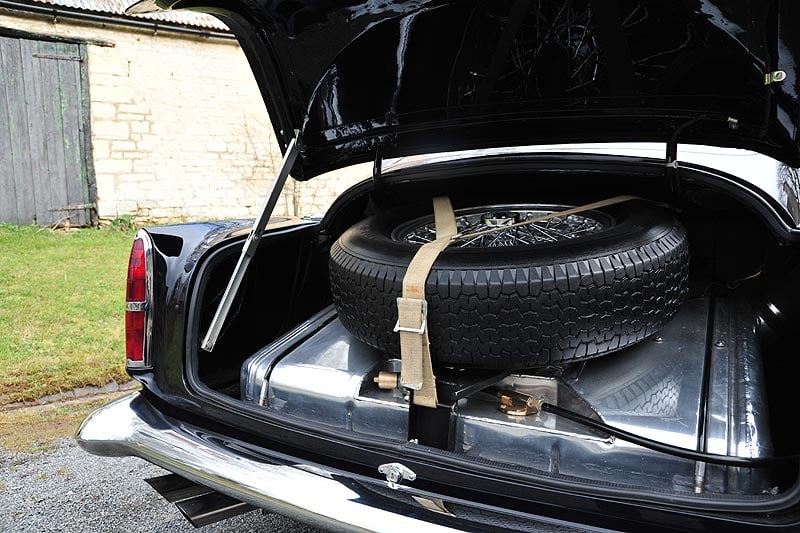
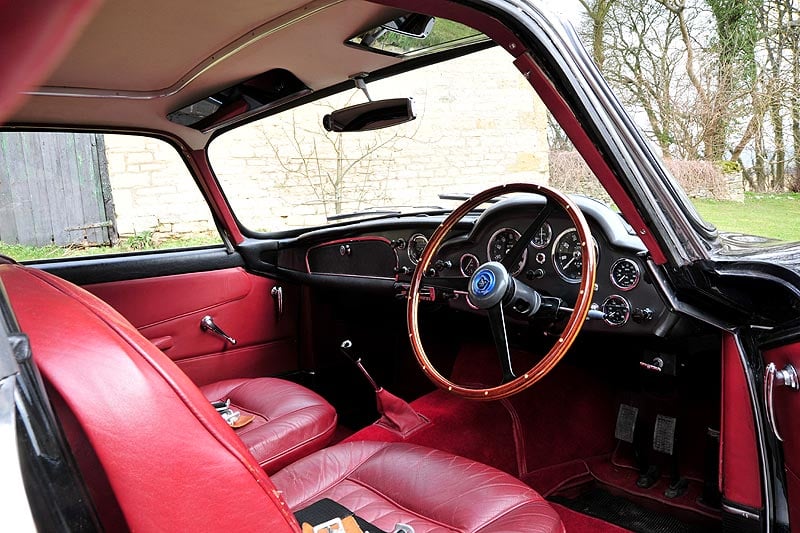
As a 150mph car, the ratios are well spread out. Contemporary road testing by that doyen of 50s/60s journalists, Autosport's John Bolster, revealed a first gear able to throw the car to 50mph, with second taking it well over 70mph and third useful for “really fierce acceleration from 90mph to 110mph.” Top (with the acceleration “just going on, the car seeming to surge from 120mph to 140mph in an incredibly short distance”) allows very comfortable cruising in the 70mph – 90mph range.
Compared with a regular, twin-SU, ‘cooking’ DB4, this car seems much more comfortable at this speed; overdrive, what overdrive? – it’s just not needed. Bolster’s hard-driving isn’t appropriate today, nor is the tyre-squealing of professional driver Jerry Titus as he heeled the car over on a racetrack for Sports Car Graphic in September 1962.
In a period of post-circuit, mellow reflection, Titus summed the car up as “quite an experience in that few cars in existence will take you along so fast in such relaxed comfort.” Now that’s more like it.
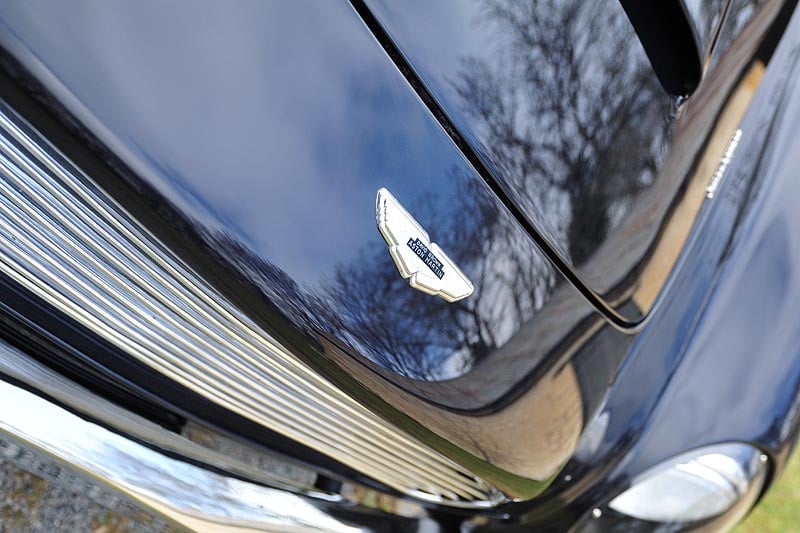
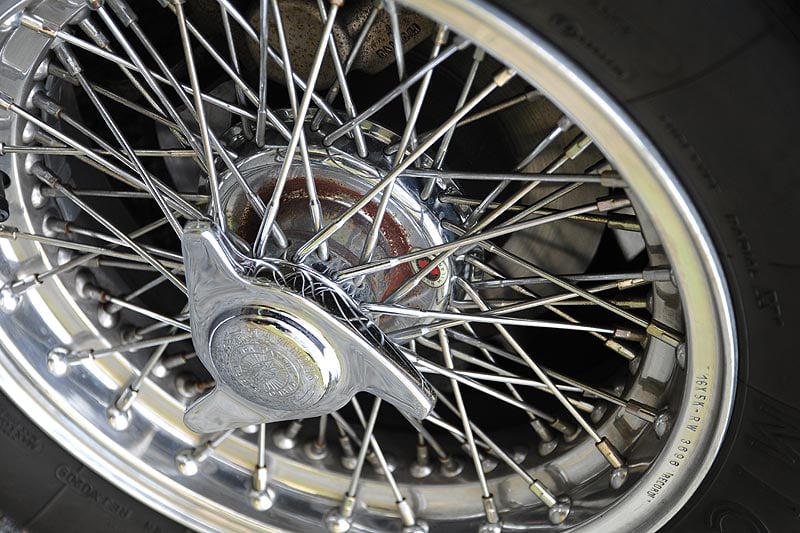
The gruff six pulls well up to 6000rpm or so. The power does come in a little later in the rev-range than usual – as befits the tuned, twin-plug engine with Webers – but 3.7 litres of engine is more than strong enough to propel the 1269kg (2798lb) car, with its lightweight, 18-gauge magnesium aluminium bodywork, effortlessly.
The narrow, true-to-original wheels and tyres are well matched to the non-servo-assisted steering. To be honest, it’s a touch heavy to manoeuvre at slow speeds but, once on the move, the big steering wheel, pliant suspension and tall (16in Borrani) road wheels work well together. And it’s as solid as the proverbial, with no steering-wheel shake; absolutely planted and very confidence-inspiring.
You could, of course, throw £100,000 at it, with a 380bhp (probably 100bhp up on this car) engine, tuned suspension, brakes and ‘power’ this, that and the other. But that’s missing the point, by some margin.
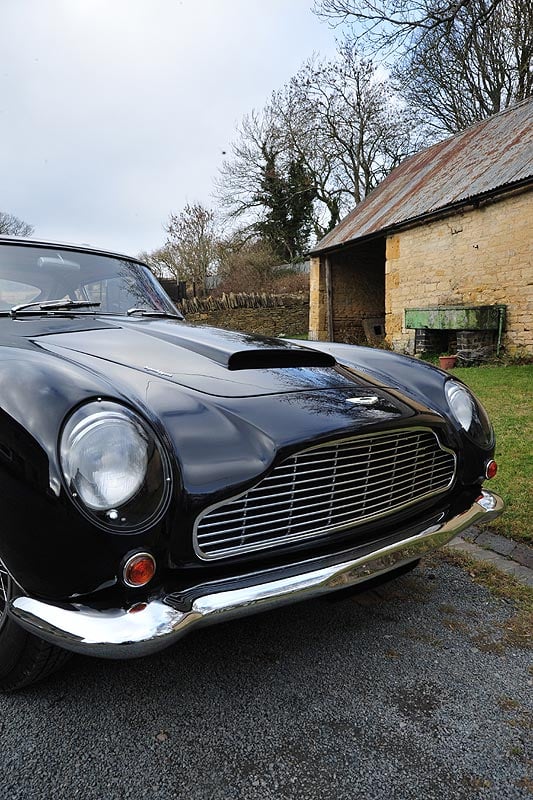
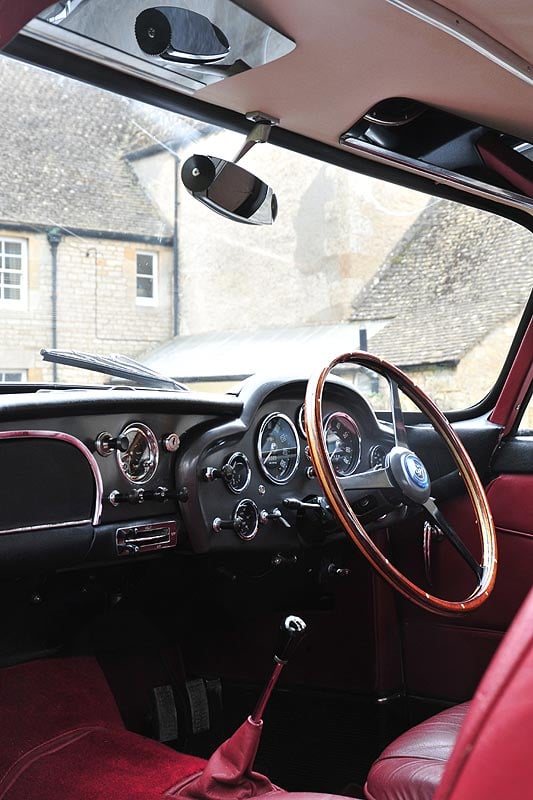
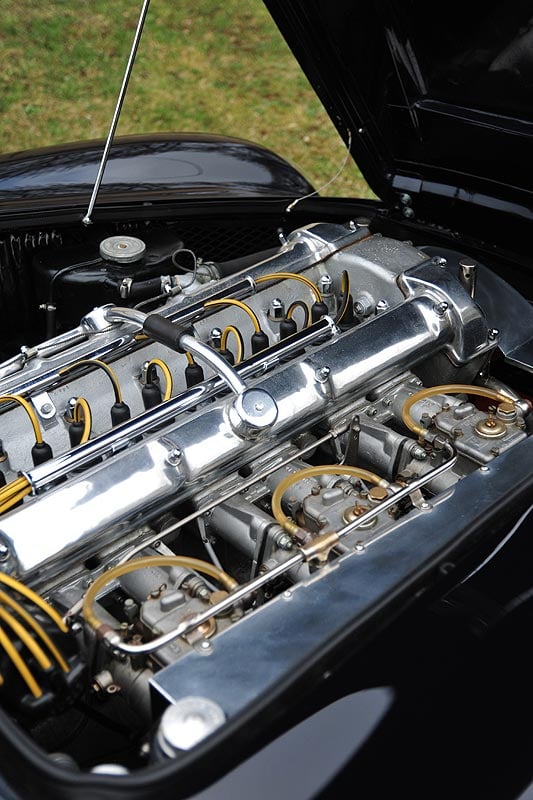
Nowadays, originality is all. You are not going to drive it as the testers did, let alone in the manner of Innes Ireland and Roy Salvadori at Goodwood, Oulton Park and Silverstone. The car you see here has seen some mild Club competition (hence the safety cage) but is by no means a modified ‘hot rod’.
To borrow from Titus, the DB4 GT is “in almost every respect, a truly unique machine.” And ‘unique’ in this sense refers to its performance, pre-Cobra and GT40 and only matched by Ferrari’s magnificent 250 GT SWB or a well-prepared E-type. Only 75 Touring-styled DB4 GTs were built (45 RHD, 30 LHD), adding a very collectable twist to the expression ‘unique’.
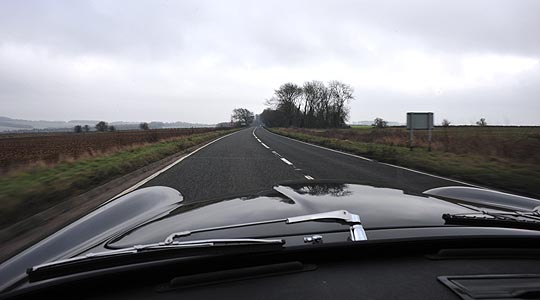
Back to Bolster. While a regular DB4 “is a superb high-performance four-seater for the wealthy man who is usually in a hurry,” the DB4 GT is “a two-seater version with even more performance.”
Not only that, I would say it sets the standard for the marque in the 60s, begetting the cowled-headlamp DB4 Vantage, DB5 and DB6. Pre-Bond, with ‘power, beauty and soul’ aplenty, it defines Aston’s mojo like few others.
For further information, visit www.martinchisholm.com, call +44 (0)1242 821600, or email [email protected]. You can also see all of Martin Chisholm Collectors Cars for sale in the Classic Driver car database, which also lists this DB4 GT.
Text: Steve Wakefield
Photos: Classic Driver
ClassicInside - The Classic Driver Newsletter
Free Subscription!










